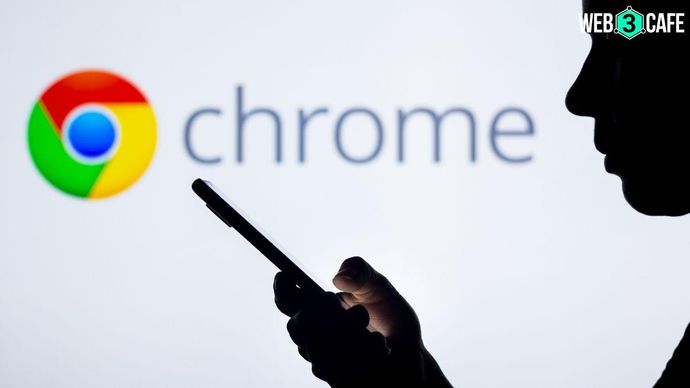Optimising Performance: Google Chrome's upcoming feature to display RAM usage per tab on Windows
In the constantly evolving landscape of web browsing, Google Chrome's innovative approach towards performance optimisation continues to set new benchmarks, ensuring users enjoy a smoother online experience while preserving their device's resources.

Highlights
- Google is rolling out a new feature in Chrome that allows users to pinpoint tabs causing excessive resource drain
- Although useful, this latest tab feature does not match the comprehensive capabilities of the built-in Task Manager
Google Chrome users, particularly those on Windows 11 and 10, are familiar with the browser's occasional memory-hungry behavior. While high memory usage has often been attributed to Chrome itself, the truth is more nuanced. Websites, too, can be significant memory consumers. Addressing this concern, Google is rolling out a new feature in Chrome that allows users to pinpoint tabs or web pages causing excessive resource drain.
Effortless monitoring with Chrome's latest update
While Chrome's Task Manager already lets users monitor RAM usage of tabs and extensions, Google is now simplifying the process further. The new feature, currently being tested in Chrome stable with select users, displays "memory usage" when hovering over open tabs in real-time. This enhancement enables users to identify tabs consuming high memory instantly.
Certainly, Chrome's latest tab feature, although useful, does not match the comprehensive capabilities of the built-in Task Manager. It lacks the ability to provide detailed insights into running processes, tabs, and extensions. Users can only assess Chrome's tab performance and manually close resource-intensive tabs by hovering over them.
Google's ongoing efforts for better performance
Google's commitment to optimising Chrome's performance is evident through various initiatives. Last year, a significant Chrome update introduced features that reduced the browser's memory usage by up to 40% and extended battery life, particularly beneficial when resource-intensive applications are running. The integration of Memory Saver into Chrome's new hover card feature automatically frees up memory from inactive tabs, reallocating resources to active tabs and processes.
Moreover, Google is exploring additional enhancements, including improved incognito mode with enhanced privacy controls and full-fledged tracking protection. These advancements underscore Google's dedication to providing a seamless, efficient, and secure browsing experience for its users.
